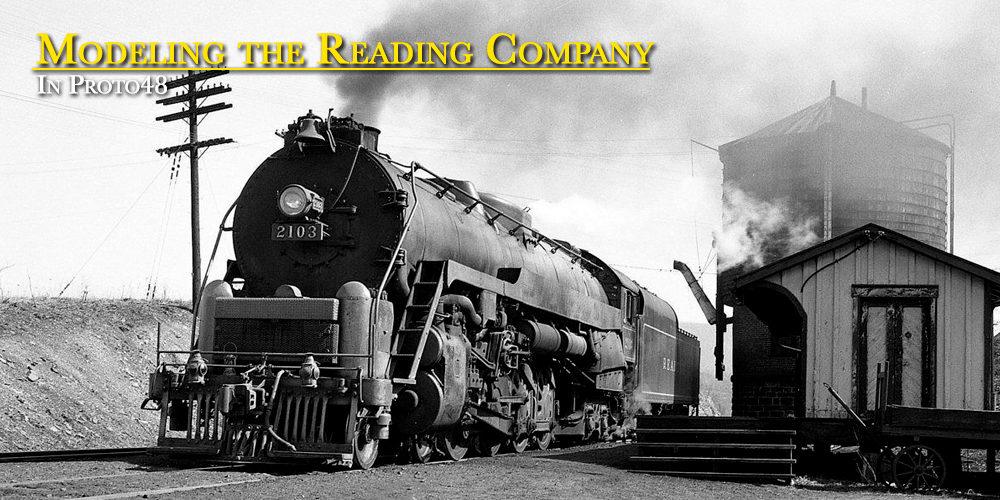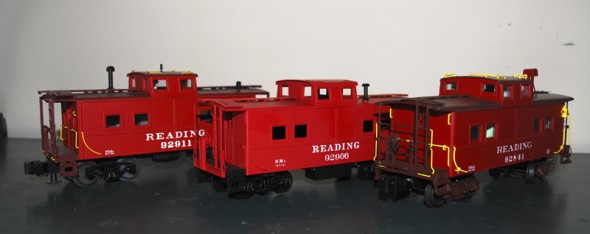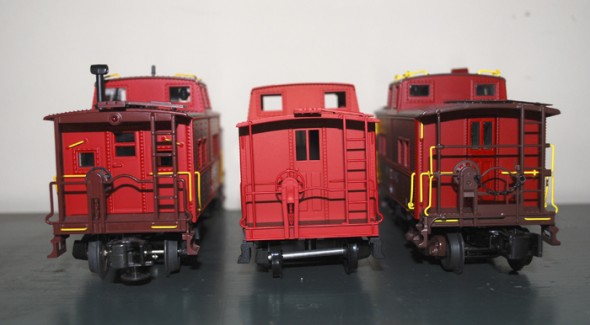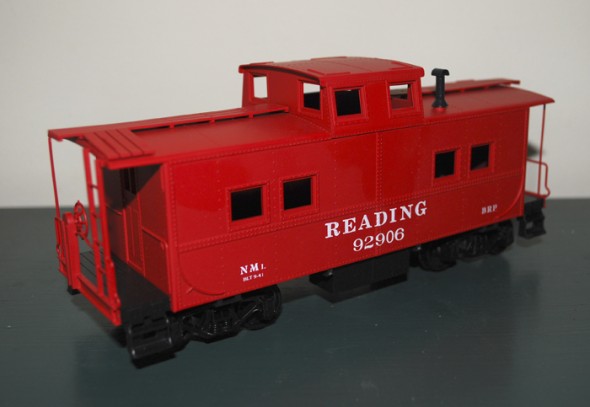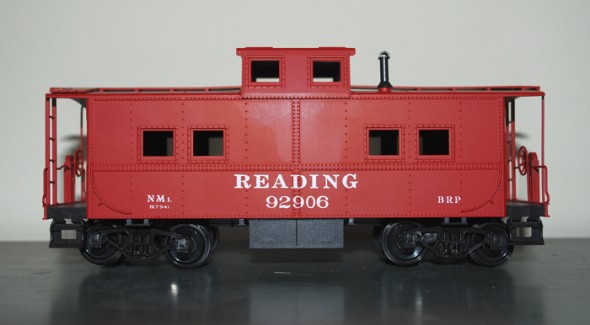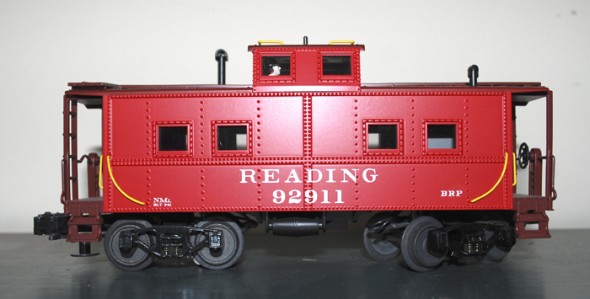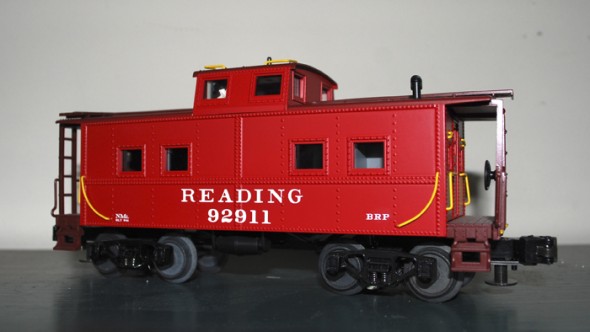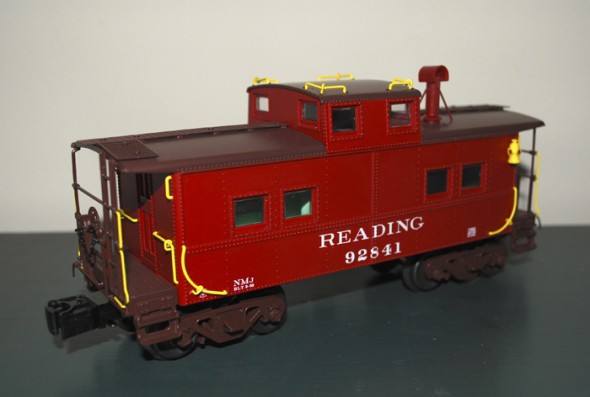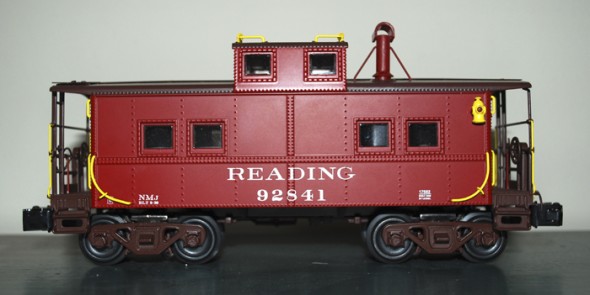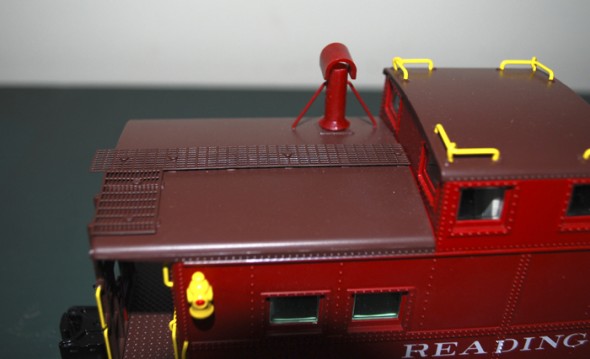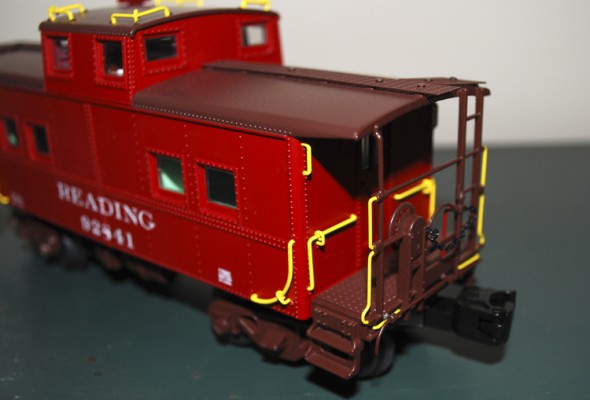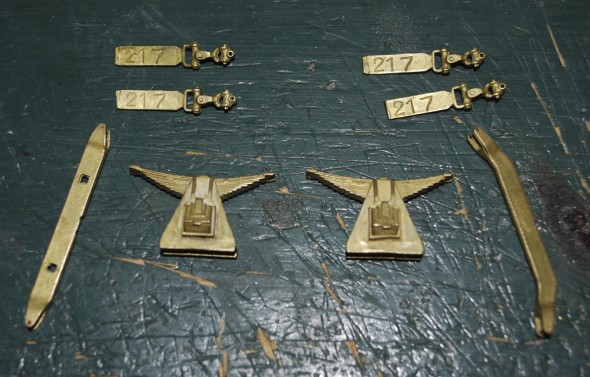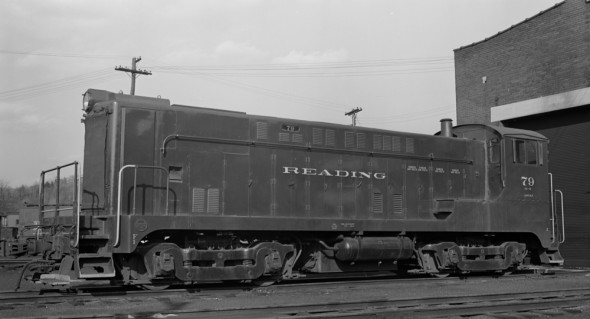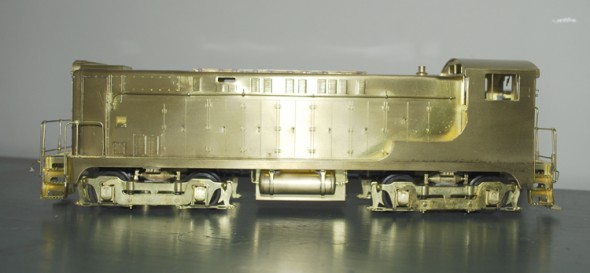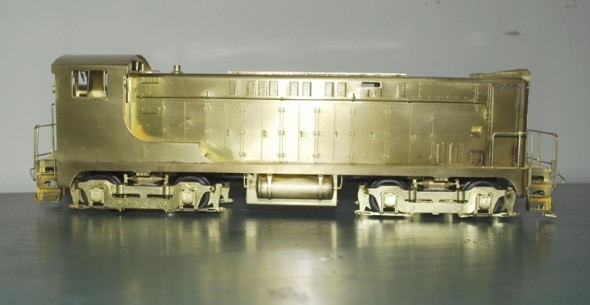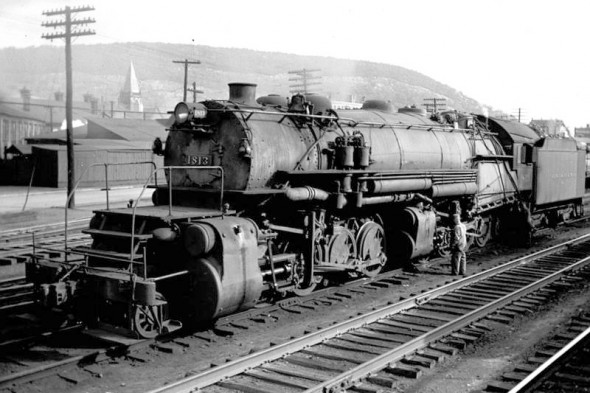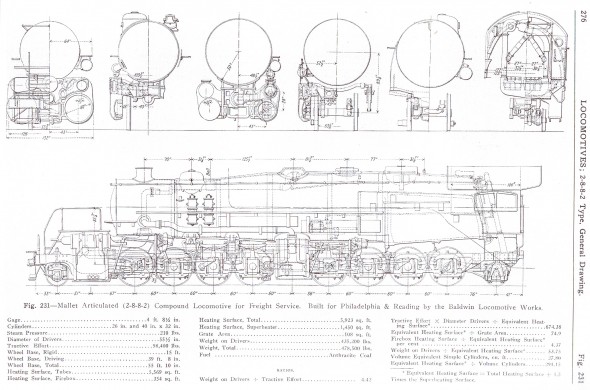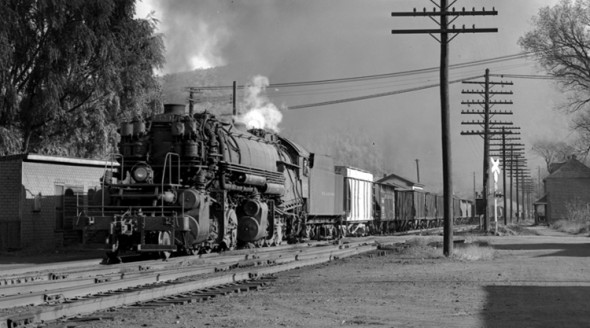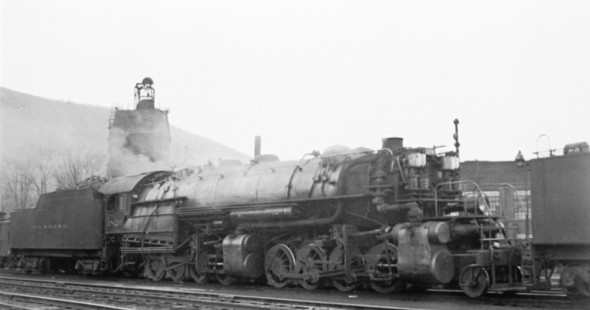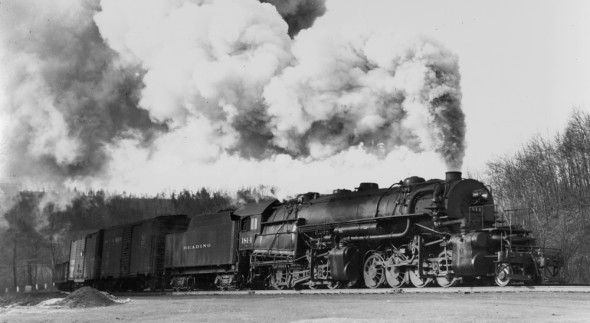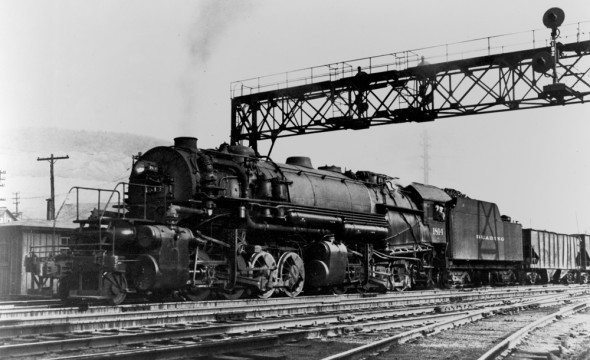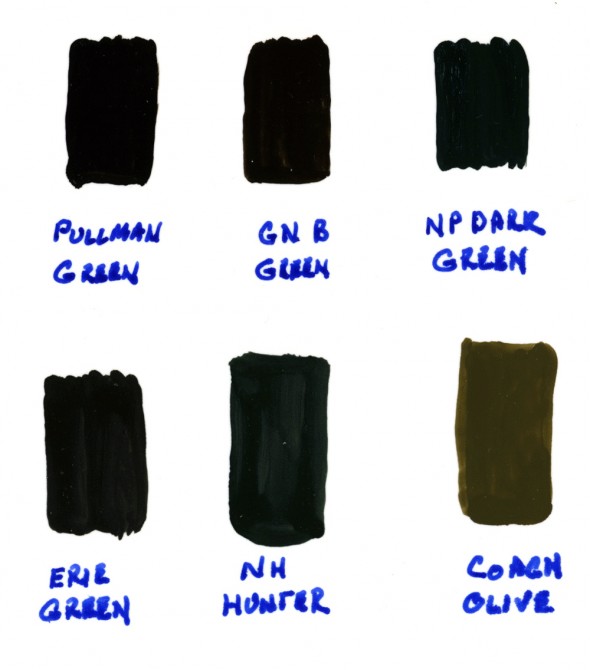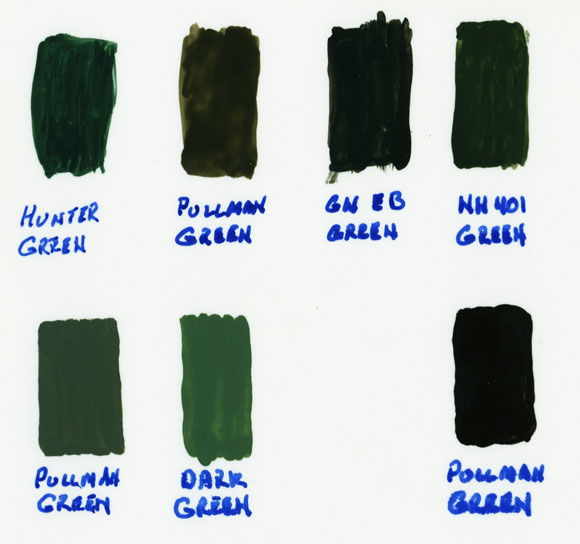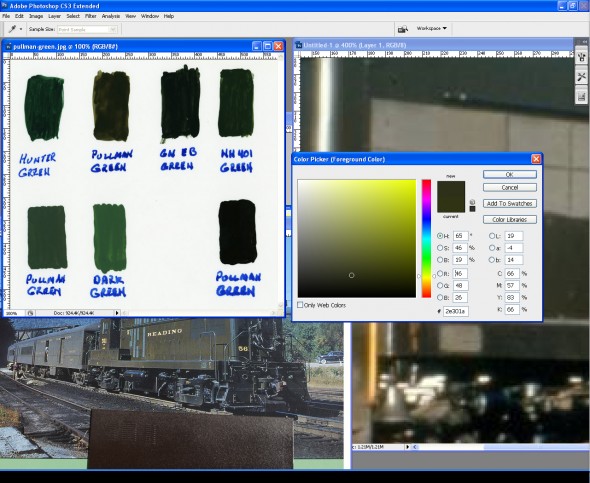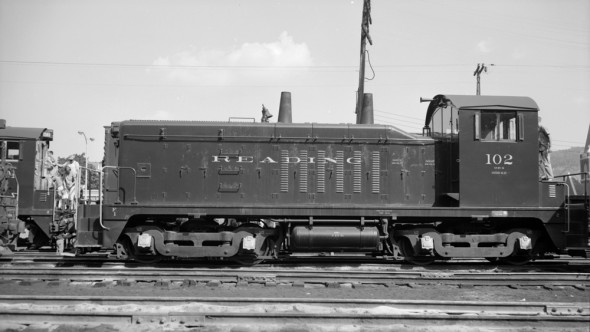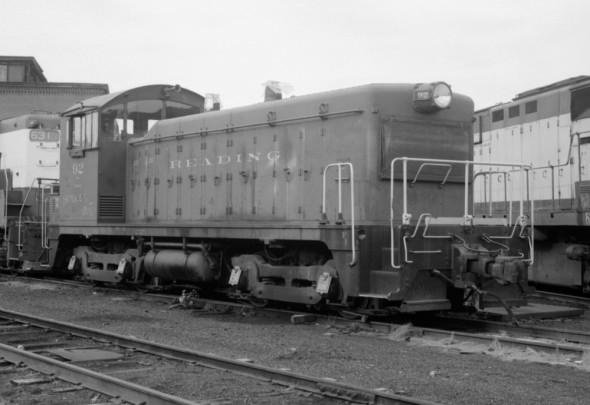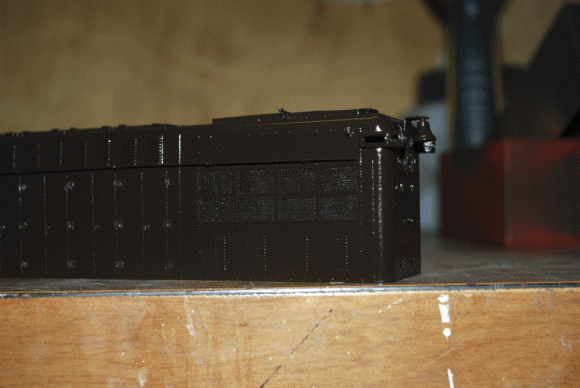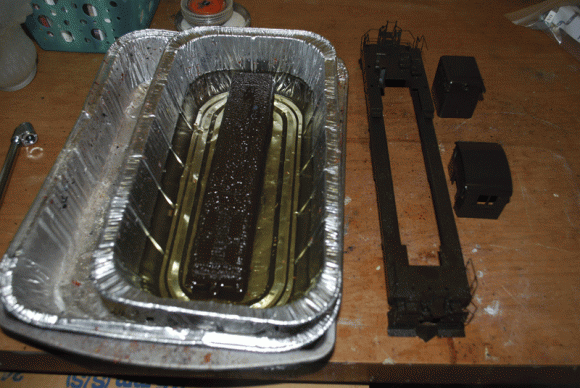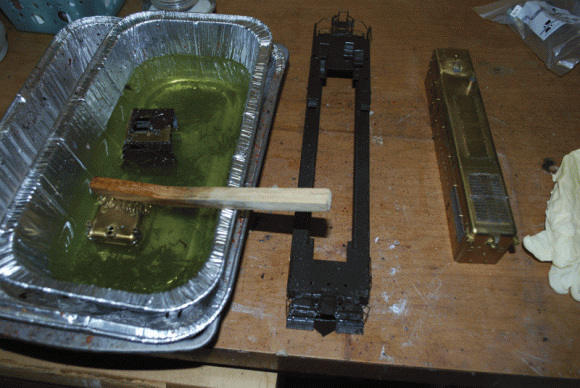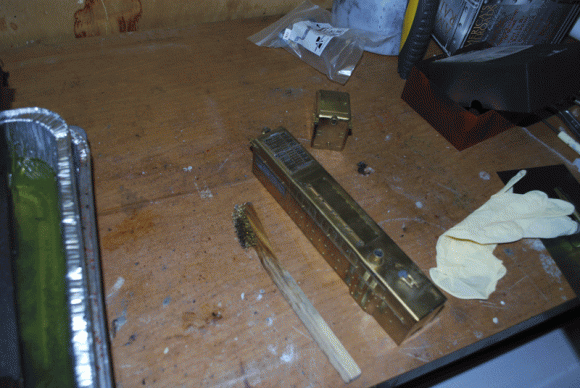
PRR 166658 GLa – George Losse collection
The Pennsylvania Railroad class GLa is a 50 ton twin open hopper car. Construction began in 1904 and continued through 1991. A total of 30,256 were built for the PRR or acquired from various coal companies that built the same design.
The April 1956 OER lists 21,840 GLa’s on the roster. Compare this to Reading’s 13015 total hopper cars, or Western Maryland’s 8006 total hopper cars and you begin to see the size of the PRR fleet of GLa’s.
The GLa was originally built with K brakes and later converted to AB. Very few GLa were updated with power brake wheels most cars retained their verticle brake staff. One exception would be the second hand cars acquired from Berwind-White, which had modern power hand brake hardware.
It’s interesting to note that the overall dimensions of the GLa are close to the USRA Standard 50-Ton Twin Hopper which was designed almost 15 years later. Inside Length is one inch shorter at 30′ 5″. Inside width 9′ 5 1/2″ is a half an inch wider then the USRA Twin. The GLa is 8″ shorter to the top of side cord at 10′ 0″ but the side height is only 5″ shorter as the bottom of the car side sits three inches lower than the USRA Twin. The GLa has a capacity only 197 cu. ft. less that the USRA Twin. These similiarities will work in our favor when it comes time to build a fleet of these cars.
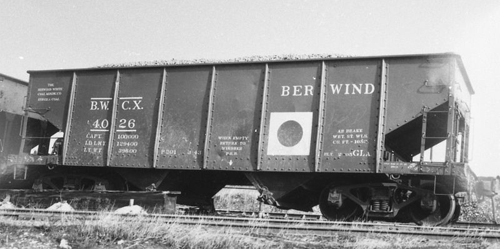
BCWX 4026 GLa – George Losse collection
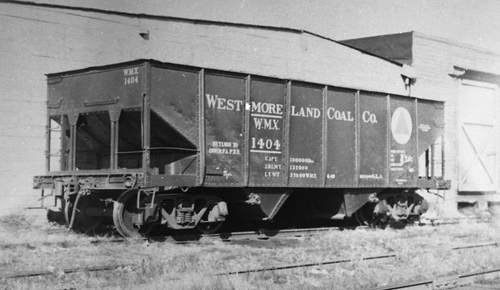
WMX 1404 GLa – George Losse collection
References:
Keystone Article
PRR Steel Open Hopper Cars – John Teichmoeller
January 1952 Official Railway Equipment Register
September 1953 Official Railway Equipment Register
April 1956 Official Railway Equipment Register
